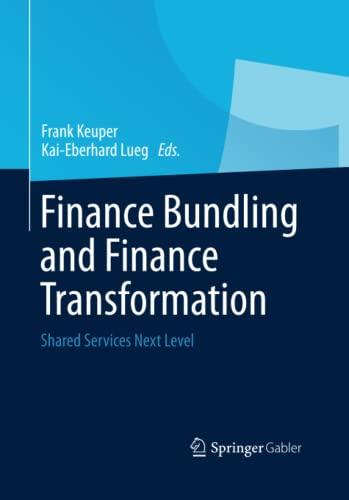Question
3 ways to diversify retirement savings beyond stocks Reluctant to put more of your hard-earned money aboard the roller coaster known as the stock market?
3 ways to diversify retirement savings beyond stocks
Reluctant to put more of your hard-earned money aboard the roller coaster known as the stock market? Then it may be a good idea to diversify your retirement savings with other assets, which can reduce your overall risk.
Here are three alternative investments that could help you accomplish retirement savings diversification outside the stock market. Just like any investment, each one comes with risks that should be carefully considered before making any decisions.
1. Real estate
Real-estate investments can provide solid income each month, tax deductions for such things as depreciation and mortgage interest, and the potential to build up equity in a property.
Risks include tenants who don't pay rent on time (or at all), forcing you to make the mortgage payment and cover expenses out of pocket. Tenants also can damage your property.
Real estate is also a fairly illiquid asset, meaning it cannot be sold quickly if you need to get your capital out.
Finally, real estate requires a large upfront investment, as lenders tend to require at least 20% down for a purchase, plus closing costs (typically 2% to 5% of the purchase price). Hiring a property manager will likely cost you 8% to 12% of the monthly rent , unless you have the time and patience to be a landlord yourself.
"There's a lot of risk involved in it," says Guy Baker, a certified financial planner based in Irvine, California. "It's one of those things that if you have experience in that business and you understand it well and can really be confident in your decision-making ability, it can probably work, but most people aren't like that."
2. Peer-to-peer lending
Peer-to-peer (P2P) lending is a relatively new way to invest. It works like this: You create an account at a P2P website (such as Prosper or Lending Club), transfer money to the account, and begin investing in personal loans. As borrowers pay back the loans, you get your principal back plus interest (minus fees), which can provide a steady income stream and a solid return on your investment.
How much money can you make? At Prosper, the actual return on all loans from July 2009 to November 2013 was 9.3% annually; returns at Lending Club are similar, with median net annualized returns of 8.5%.
The biggest risk is default the borrower not repaying the loan. These are unsecured loans that aren't backed by collateral, so you probably won't recoup any of your investment in the event of a default. To limit this risk, you can invest as little as $25 down for each loan on both Prosper and Lending Club, spreading out your risk.
For example, by investing $25 in each of 200 loans, a single default would have much less of a negative effect on your returns than if you lent money to just two or three borrowers. You can also choose to lend money to borrowers with better credit scores and higher income levels, although your return will be lower.
3. Precious metals
Gold and silver are regarded as a hedge against inflation and economic uncertainty, meaning that their price tends to rise amid these conditions, when other investments suffer. Gold and silver are also highly liquid, which means they can easily be converted to cash.
You have options for investing in gold or silver. You can buy the physical metal itself from an online dealer, or in person at a jeweler or coin dealer. An advantage silver has over gold is its low price; it's much easier for someone with less cash to invest when silver is only $17 an ounce compared with $1,200 an ounce for gold.
Alternatively, you can buy shares of an exchange-traded fund that seeks to replicate the performance of a precious metal, such as the SPDR Gold Shares GLD, +0.05% or the iShares Silver Trust SLV, +0.63% .
There are a few drawbacks to be aware of. Gold and silver are highly volatile, which means they can experience unpredictable and wild fluctuations in price. Gold, for example, rose from $500 an ounce in 2006 to record highs of $1,900 an ounce in 2011, only to fall back to the current price of around $1,200. Silver was even more volatile, rising from $10 an ounce in 2006 to $40 in 2011, only to tumble back to the current price under $16.50.
Gold and silver don't generate any income. The only way you make money off a precious metal is by selling it for a higher price than you paid for it. This makes it a riskier retirement investment, since most retirees need income to live on.
"Gold is speculation it's just reflective of the value of the underlying currency of the economy," Baker says. "When it went way up in value, it was because everyone lost confidence in the dollar, but as soon as the value of the dollar came back, the price of gold went back down ... so the people who bought in late lost substantial."
Pick one of the investment alternatives in this articlereal estate, peer-to-peer lending, or precious metals. What are the advantages of the investment you chose? What are the disadvantages of the same investment?
Step by Step Solution
There are 3 Steps involved in it
Step: 1

Get Instant Access to Expert-Tailored Solutions
See step-by-step solutions with expert insights and AI powered tools for academic success
Step: 2

Step: 3

Ace Your Homework with AI
Get the answers you need in no time with our AI-driven, step-by-step assistance
Get Started


